Graham Reid | | 3 min read
Lannie's Revenge
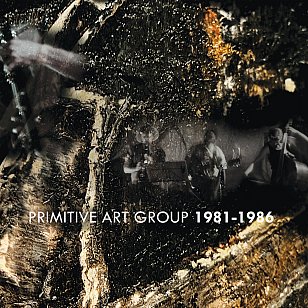
From the late Seventies to the mid-Eighties, the Primitive Art Group in Wellington carried the banner for improvised music sometimes, often erroneously, referred to as free jazz.
Because they didn't tour and their albums – as well as records from the numerous spin-off projects by the group's five members – were in limited editions (300 copies), they didn't make much of an impact outside the capital.
In the north, reviewers like me were obliged to assess them on the basis of records when, given the nature of what they did, they would only tell part of the story.
And it was quite a story.
By their own admission some of the members were not musicians and could neither read nor write music. That hardly mattered in the post-punk climate of the times and the anarchic politics of the period before and after the 1981 Springbok tour and the repressive National government.
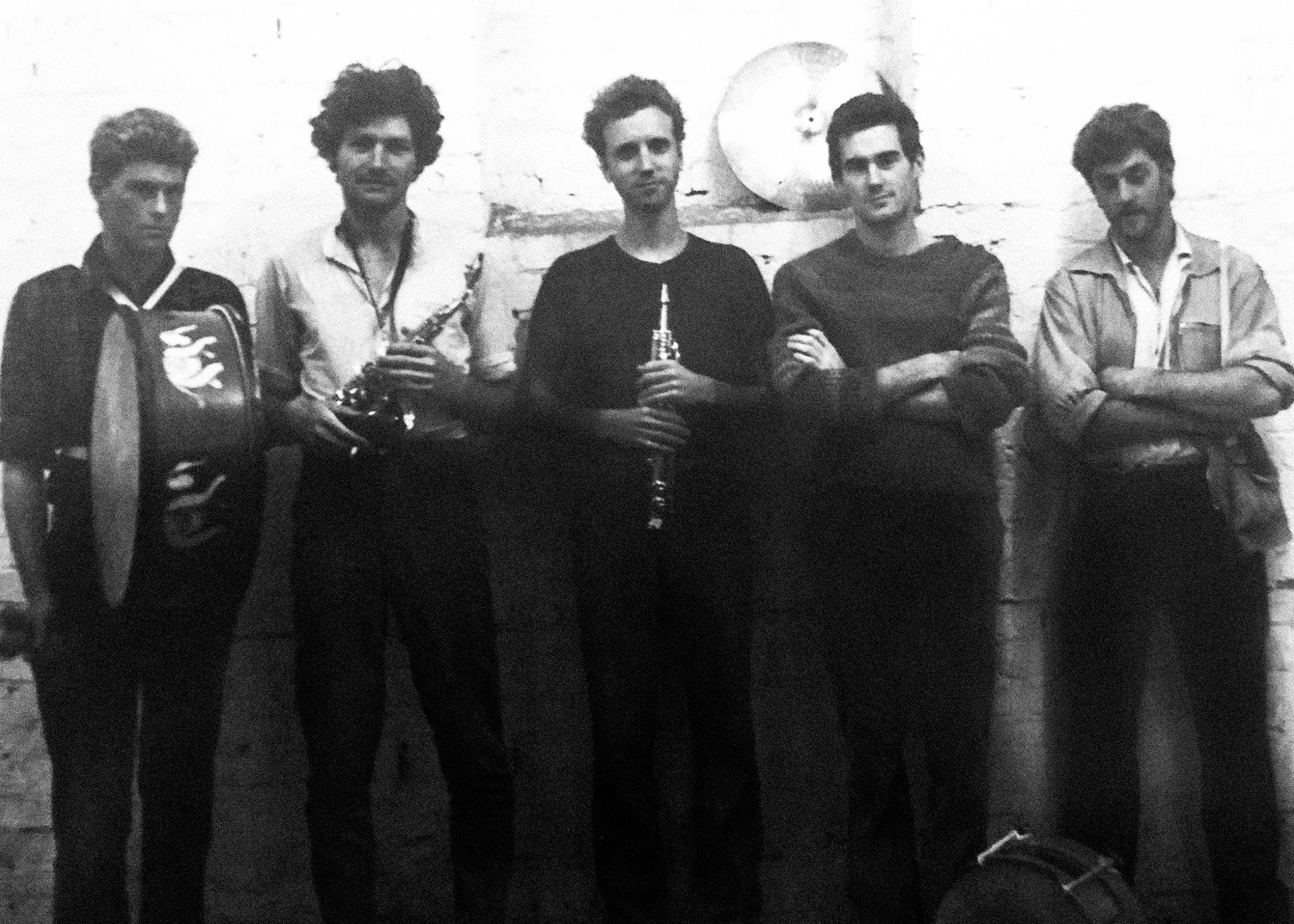 They called themselves “the punks of jazz” which got right up the noses of the conservative jazz community.
They called themselves “the punks of jazz” which got right up the noses of the conservative jazz community.
I have mentioned it elsewhere and will again, but early on it seemed that when cornered their default position was a kind of goodtime Dixieland style.
However the inspired amateurism and enthusiasm of PAG was enough to carry them forward and, inevitably, they improved as players and improvisers.
PAG will doubtless have a considerable profile shortly, first with the release of this double album of pieces lifted from their 1984 Five Tread Drop Down double album and the complete second album Future Jaw-Clap, plus a live recording.
But soon to come is Daniel Beban's excellent biography of the band which places them in the context of their lives, the city and the social climate of the time.
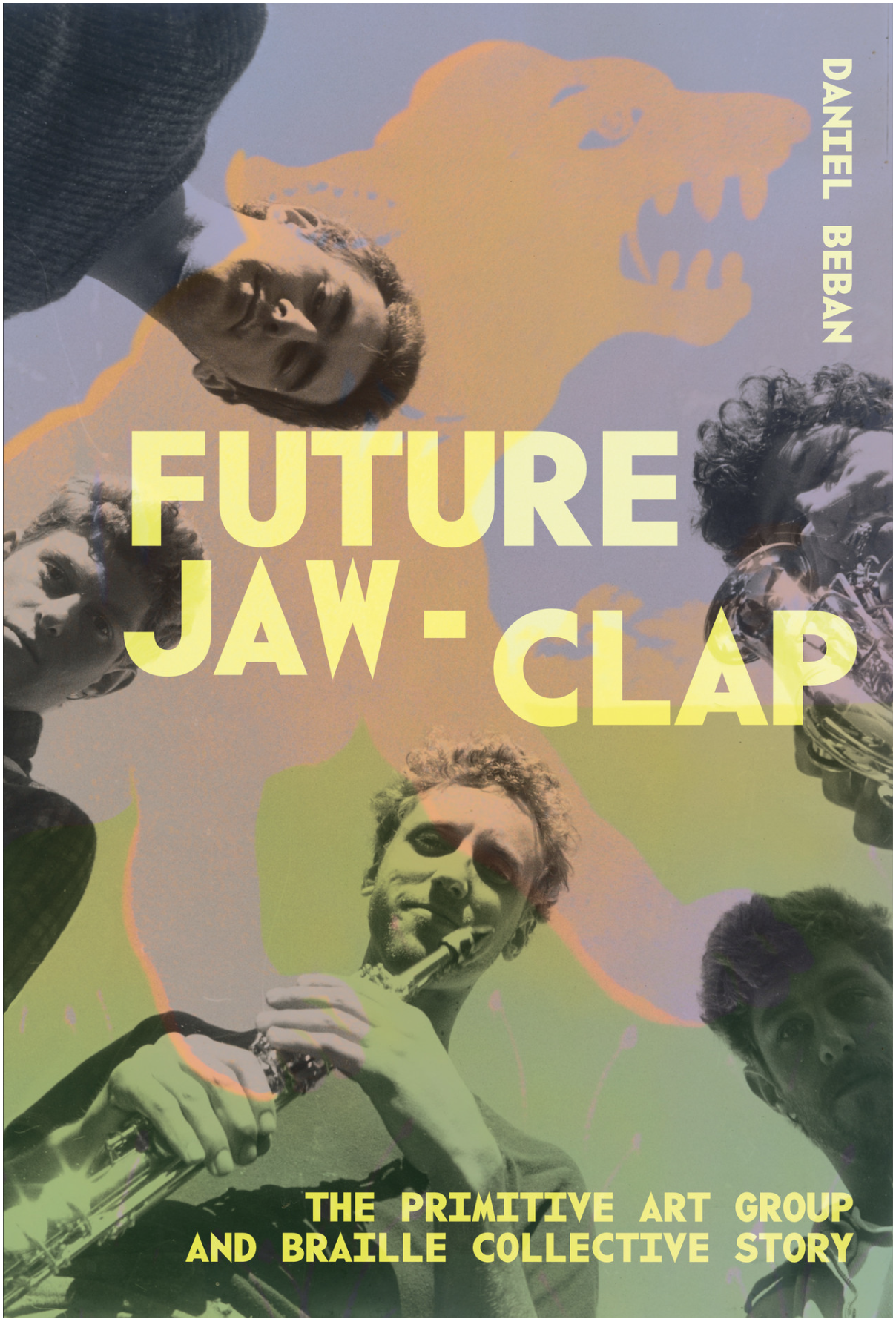 With excellent and relevant pictures and album cover art, Future Jaw-Clap: The Primitive Art Group and Braille Collective Story is one of the best local music books it has been our pleasure to read. Our review will follow when it is published in a fortnight.
With excellent and relevant pictures and album cover art, Future Jaw-Clap: The Primitive Art Group and Braille Collective Story is one of the best local music books it has been our pleasure to read. Our review will follow when it is published in a fortnight.
Meantime though there is the double album which comes to life on the 12 minute Swinging in the Rain like a dawn chorus of agitated birds (saxophones) then dials down into what seems a more measured avian dialogues.
Immediately you can hear why PAG were invited to do dance and theatre improvised accompaniments, and why more conservative jazz listeners – who hadn't ventured into American free jazz – recoiled.
Listened to all these decades later there seems a more story-telling aspect to PAG's musical conversations (the question/answer and forcefully assured saxophone on the previously unreleased Cecil Likes to Dance) and their attempts at swing and perhaps even be-bop (The Big R) are fun.
Pickpocket Rag locates itself somewhere between tropical Dixie swing and Ornette Coleman to end up like an untutored dance band in a Western saloon. Lannie's Revenge takes a few steps into the spooky fun house at a carnival.
The arrival of guitarist David Watson added considerable sonic colour (Predicament) and there's a real sense of shameless fun at work on pieces like Charles Mungbean (Watson again and a title almost designed to raise the ire of more staid jazz lovers).
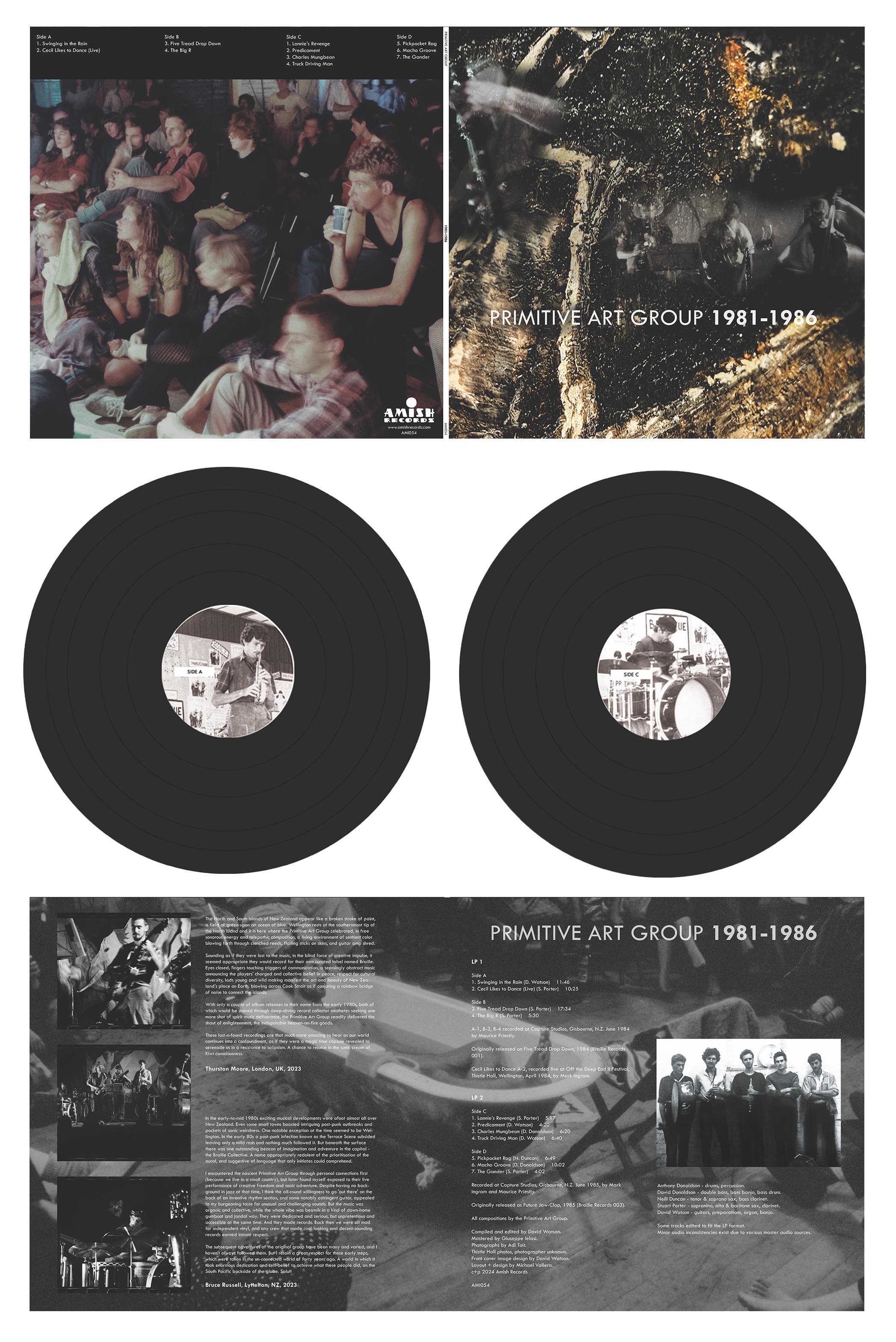 Truck Driving Man is a kind of blues which would become more familiar with the move of Tom Waits into experimental sounds and The Gander at the end is persuasive evidence that Primitive Art Group were a band which had honed its skills and were capable of standard ensemble playing.
Truck Driving Man is a kind of blues which would become more familiar with the move of Tom Waits into experimental sounds and The Gander at the end is persuasive evidence that Primitive Art Group were a band which had honed its skills and were capable of standard ensemble playing.
But the times had changed, gigs became more scarce, side-projects like Four Volts (which morphed into the very popular Six Volts) were more rewarding for the musicians, guitarist Watson was heading to New York and their individual tastes had changed.
They played their final concert in March 1986.
It had been a bold experiment and if it sometimes wasn't as successful musically as it might have been, this double album distills the essence of Primitive Art Group which shows how enjoyable and challenging they were.
And when Beban's excellent book arrives they should, somewhat belatedly, be hailed as innovators and disruptors of the kind we need more of.
.
This double album is released October 25. You can hear and buy it at bandcamp here

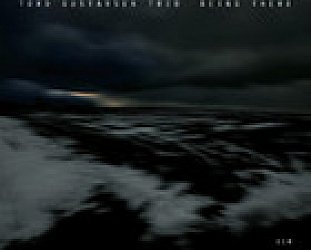
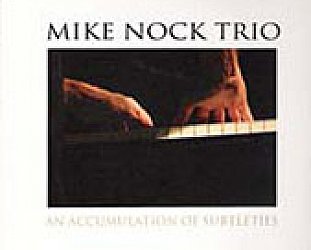
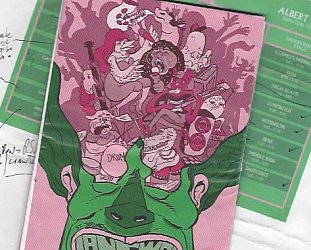

Graham Dunster - Nov 6, 2024
Looks great. Cost of purchasing the physical record via Bandcamp is US$30 with an additional US$30 postage, which seems excessive...
Savepost a comment